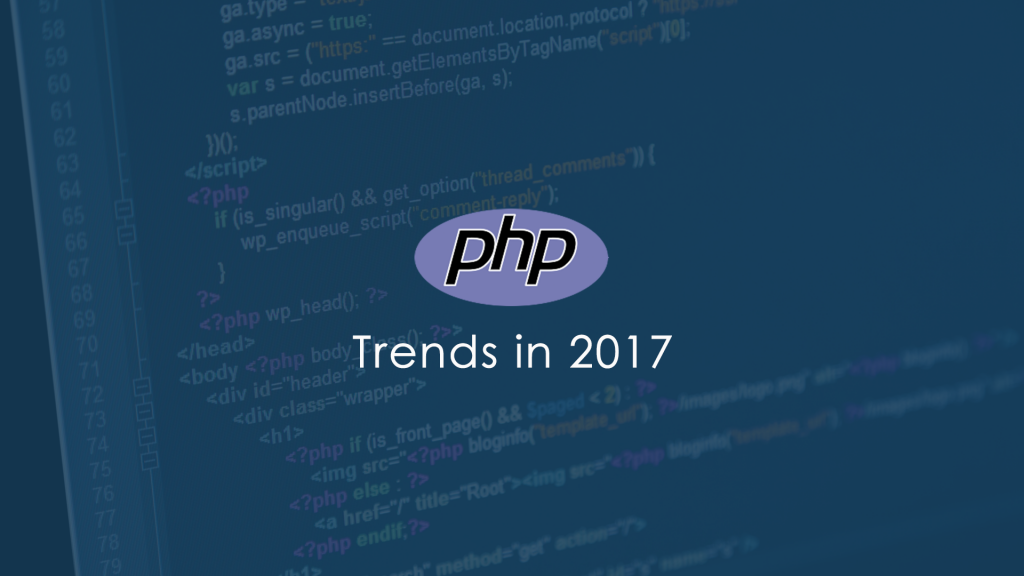In the PHP world, the release of PHP 7 is a major accomplishment. The language now has a substantial increase in performance with an optimized memory usage. This improved nature results in making PHP more suitable for Internet of Things solutions too.
Why PHP?
- Faster and leaner PHP 7: PHP 7 looks familiar for developers, but it is targeted at high performance. A growth in PHP 7 adoption rate is forecasted by experts. Almost a double gain in performance of the applications using PHP 7, a decrease of 50% in consumption of RAM during request processing and numerous error fixing techniques are amongst the few reasons for such assumption. Most major popular frameworks are ready for PHP 7, backed by most popular CMS like WordPress, Magento and Symphony.
- PHP for the Internet of Things: Analysts claim the connected devices to reach the mark of 6.5 billion by the starting of 2017. This makes PHP and IOT go hand in hand. Thanks to icicle, one can write asynchronous code using synchronous coding techniques in PHP. It means that now the PHP code is able to run several tasks by using the same script. Methods of asynchronous programming provide better data exchange between connected gadgets. Some hardware platforms such as Arduino already support PHP, and you can control Arduino board with your PHP-based script. There is also a possibility to build a PHP application that uses GPS data gathered from an IOT device. Like the GPS sensor on your Android phone can send its location to the Bluemix cloud, and the PHP application is able to publish this data on your website.
- Market forecast and further trends: By 2025 half of American enterprises are expected to run more than 10 applications. PHP is still holds the lead position in the development of tech startups. With PHP, one can quickly build a viable application in a short-term period to see which way a project should move forward.
Latest Framework trends in PHP
Numerous PHP frameworks are available in PHP development, each PHP framework has advantages and disadvantages. The core programming development is very complex and time consuming, frameworks help in developing an application faster. They help you to organize your code better and also in application maintenance.
PHP Trends for User Interface
- Responsive Web Design: Accessing the web services like Facebook, twitter, e-mails and even for purchasing something the use of mobile and tablets is a common thing lately. In order to provide user satisfaction and gain profit, these service providers must ensure that more interactive platforms are made available on mobiles and tablets.
- Flash: Flash will continue to create 3D interaction on websites look eye catching, these could be banners- ads ,Facebook modules or games, Flash is still the best tool available for a QOS providers.
- Online Presentation: Online websites focusing on the presentation work has led them to captivate the user as soon as he enters the website. The use infographs can be another way to save the extra surfing time.
- Special Effects: The users will experience special effects on websites, like with Parallax scrolling the images and banners are placed in a specific way and scrolled down slowly, to give a 3D experience.
- Fixed Header Bar: Not only a fixed header makes it easier to access the services offered but it also helps brand promotion. The brand name can be placed on the header to attract users, thereby enabling superior brand promotion.
PHP will remain the most popular Server-Side Programming language of this new, advanced era. If you would like to extend the discussion on PHP trends, please leave a comment below!
Knowledge thats worth delivered in your inbox






